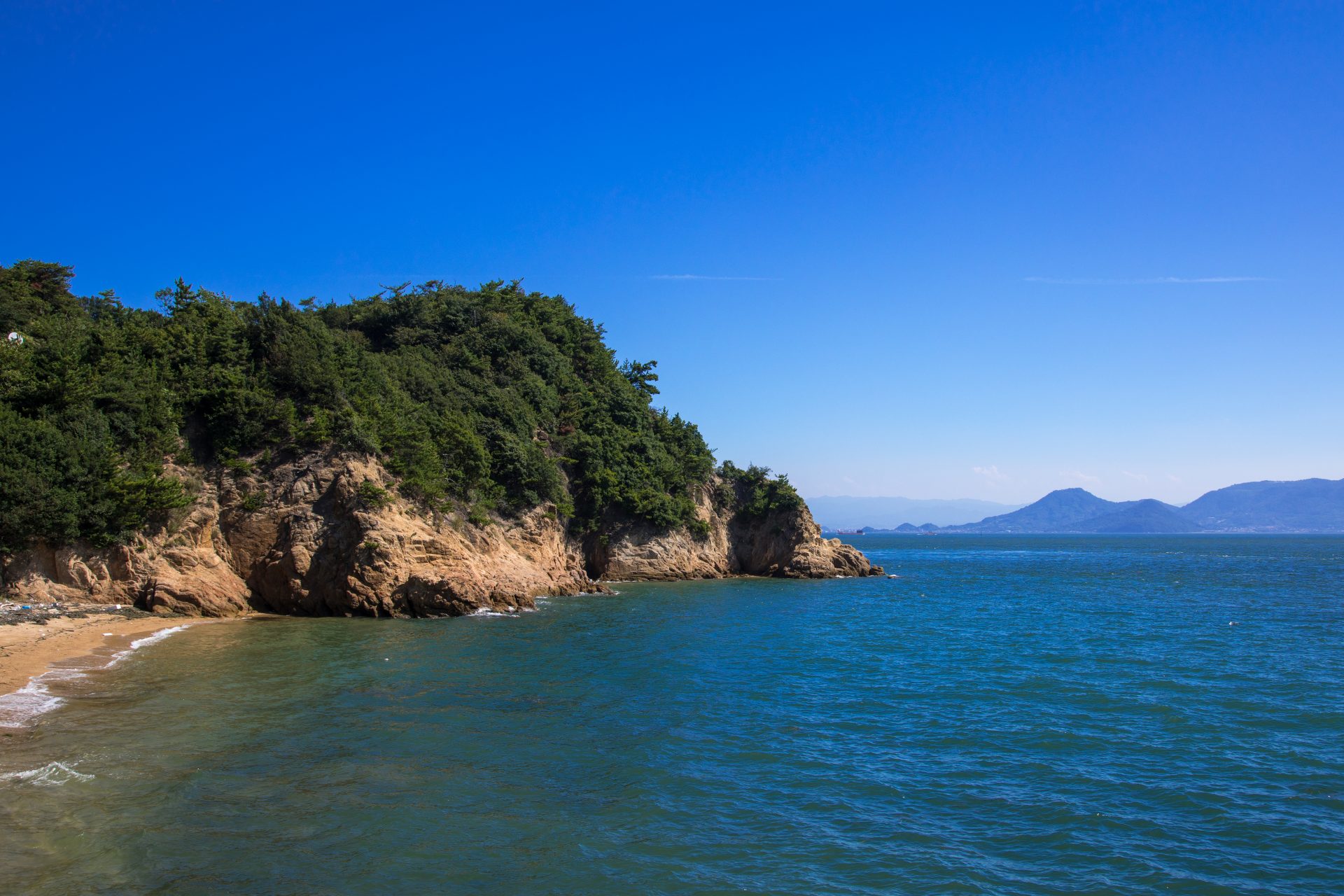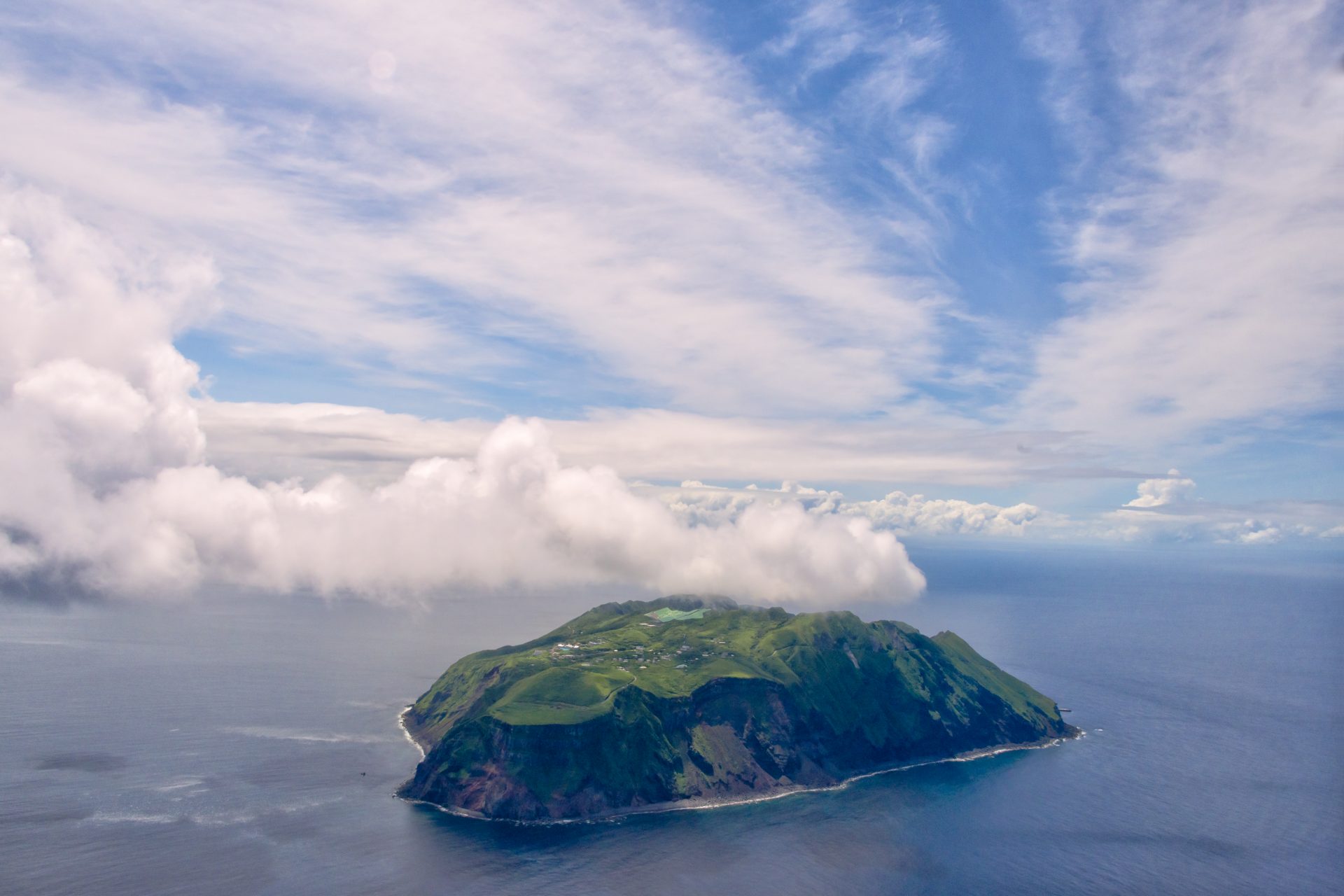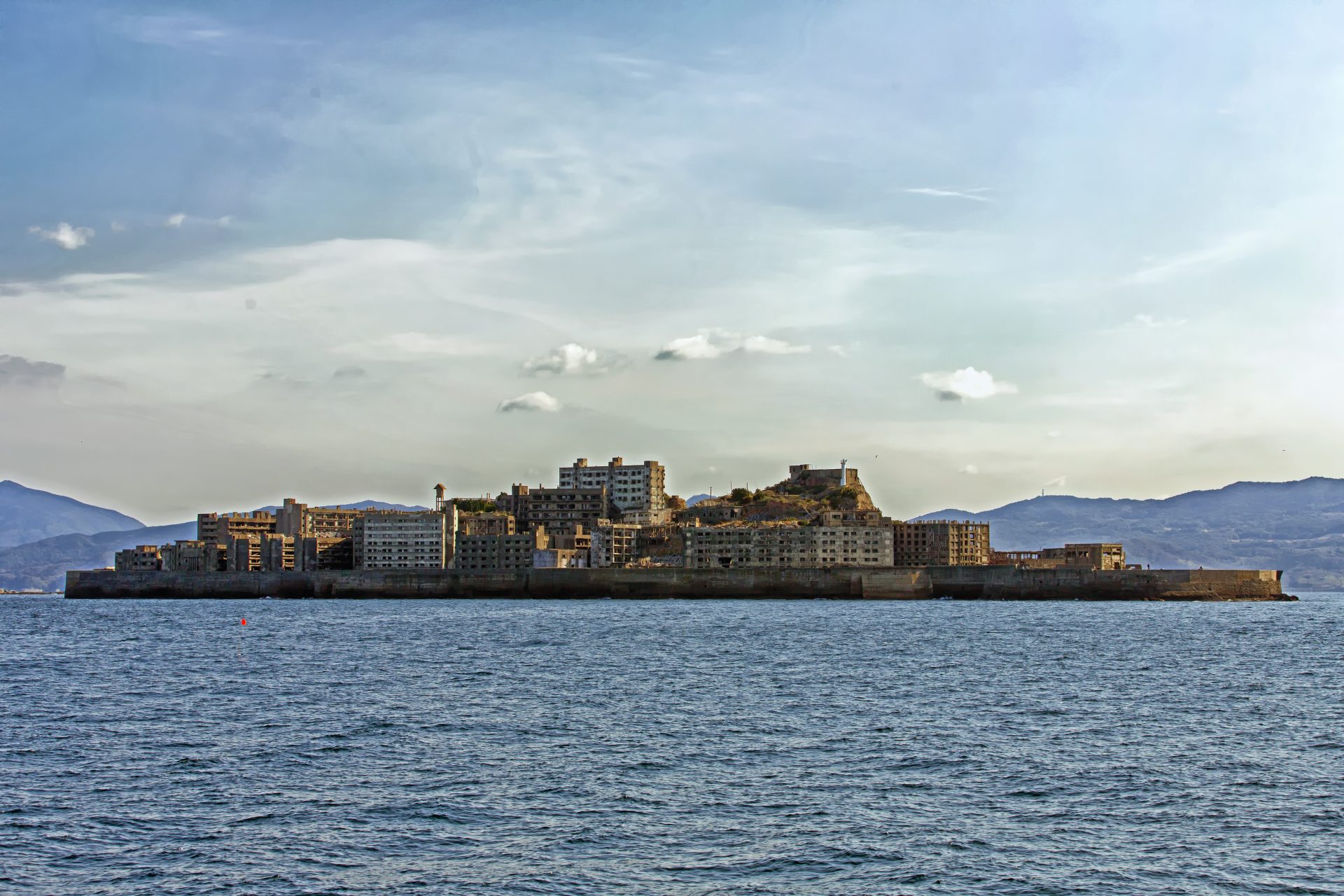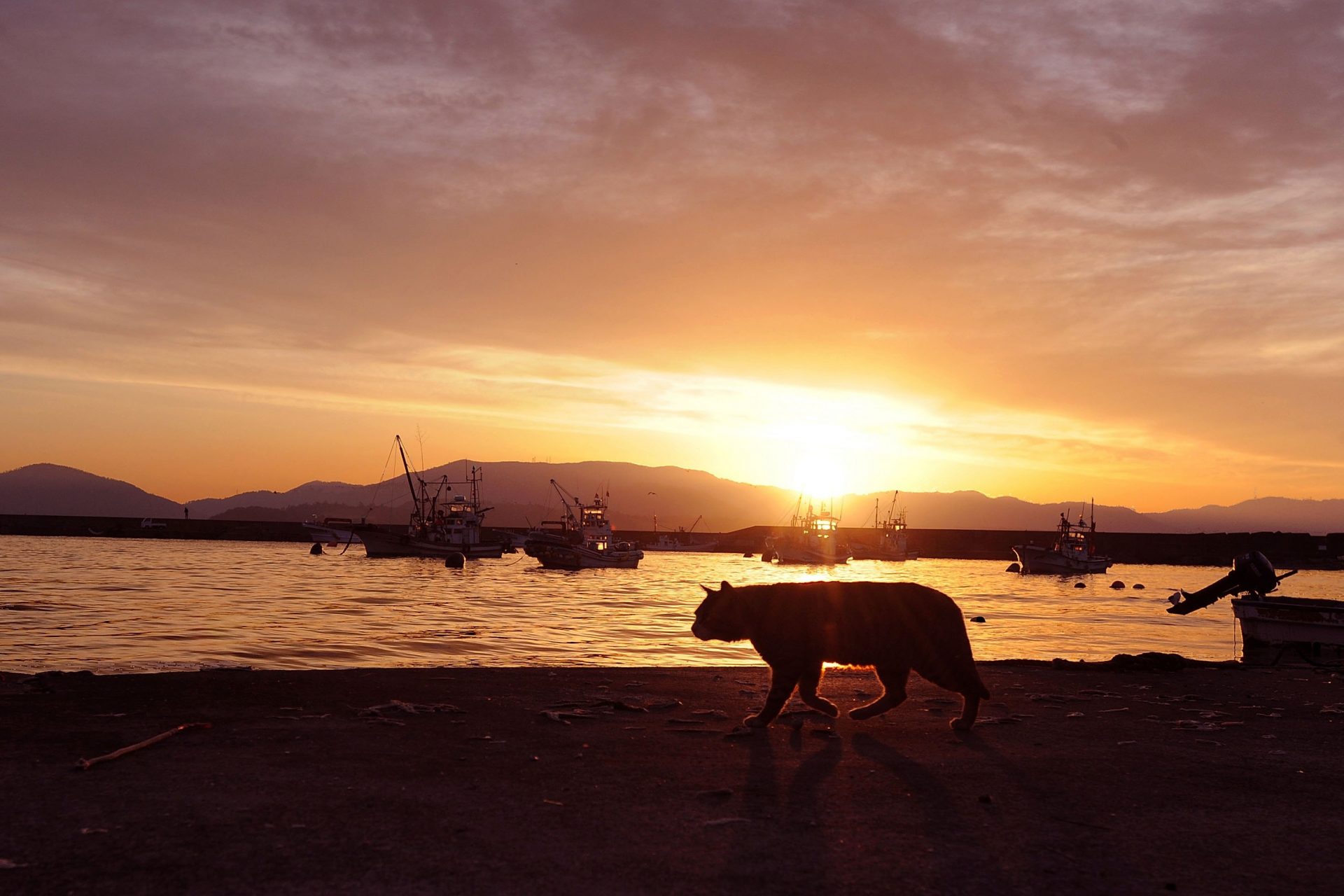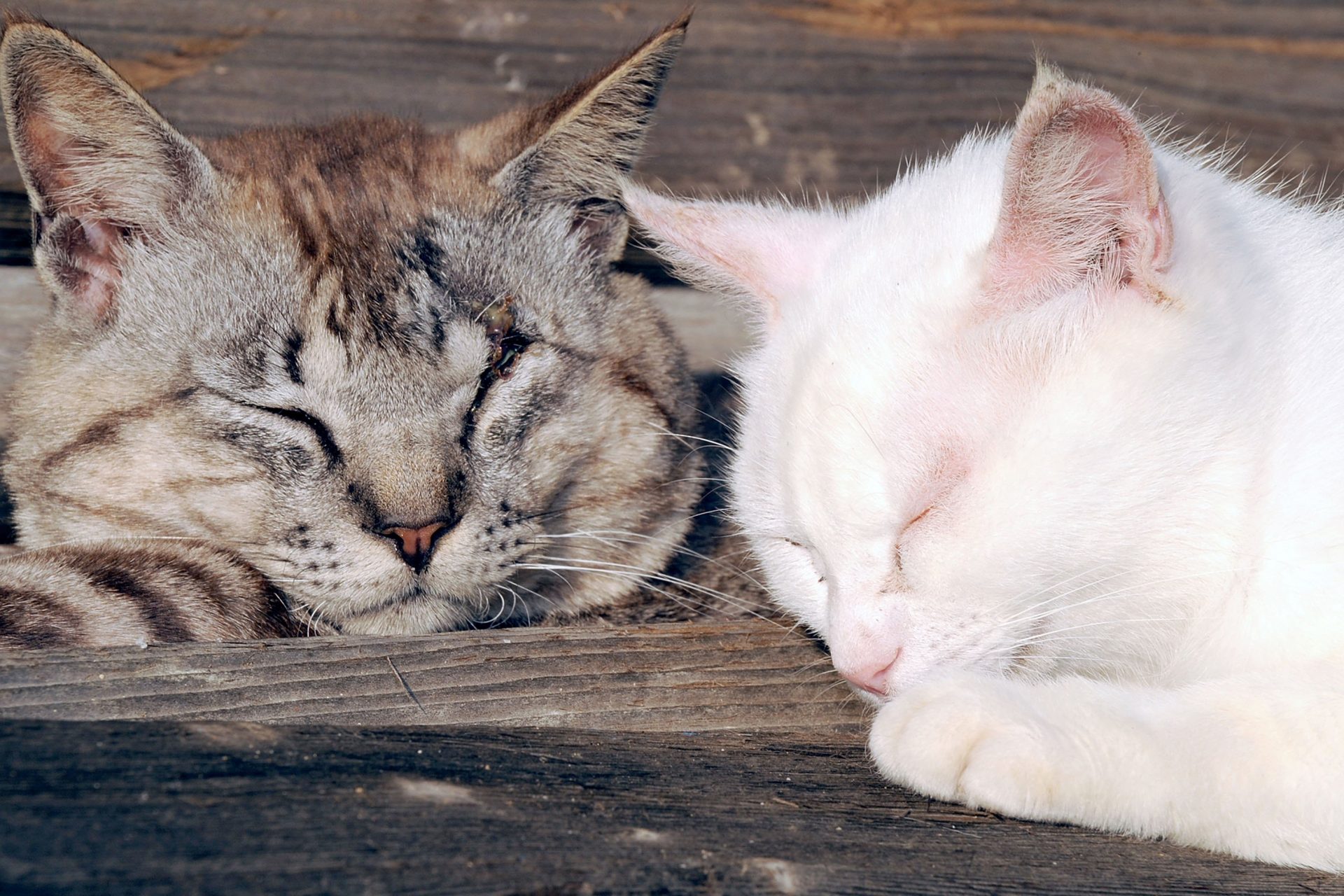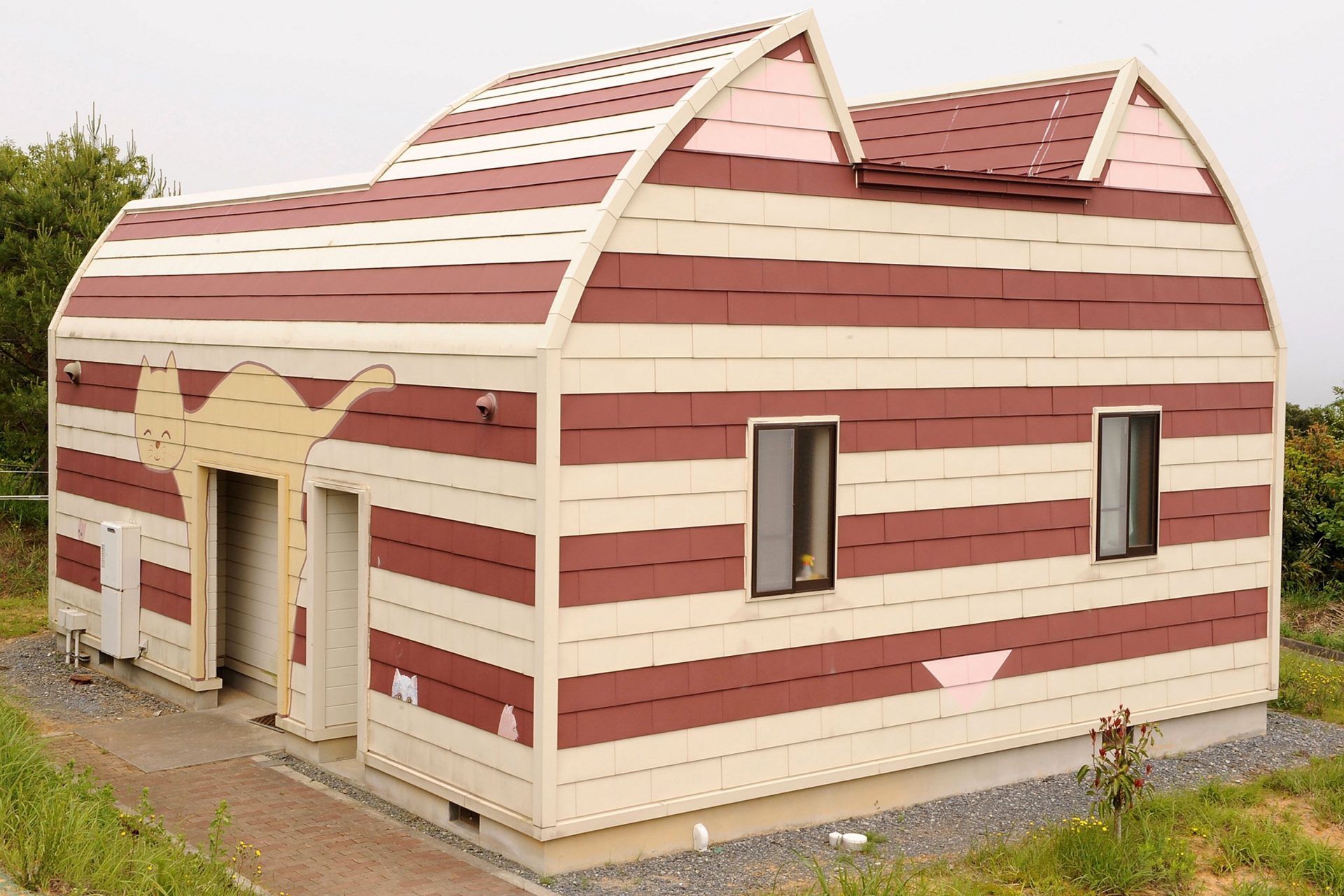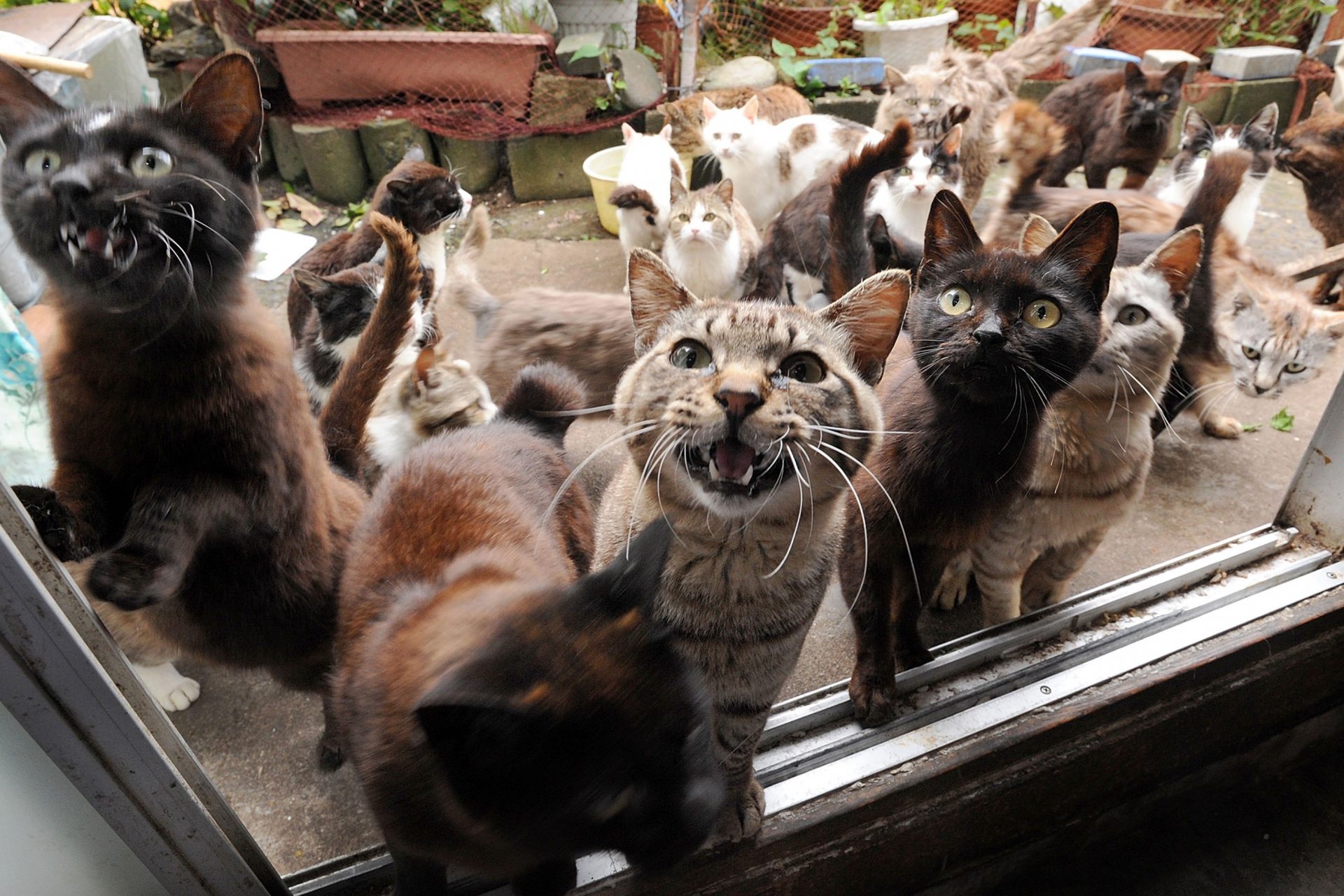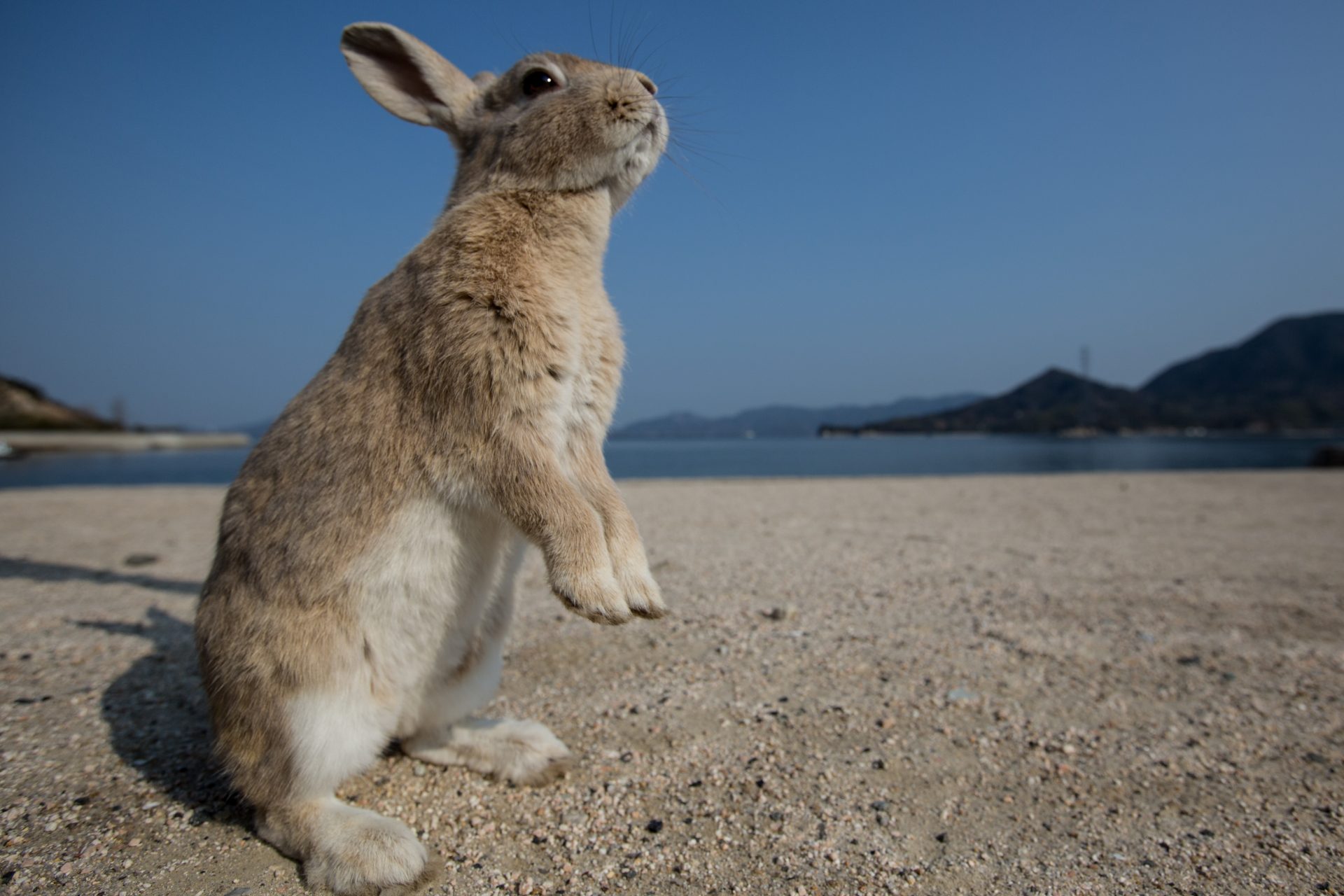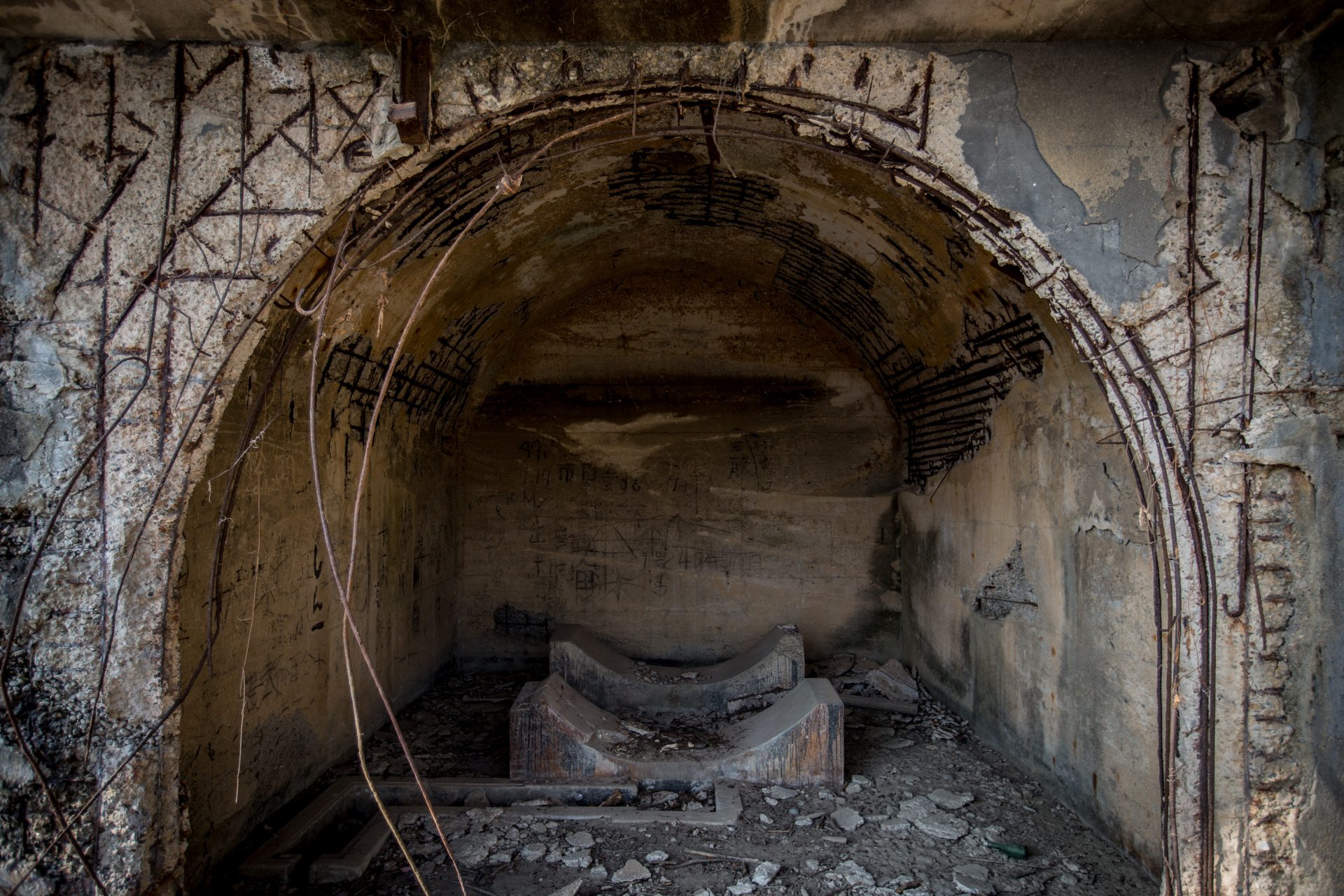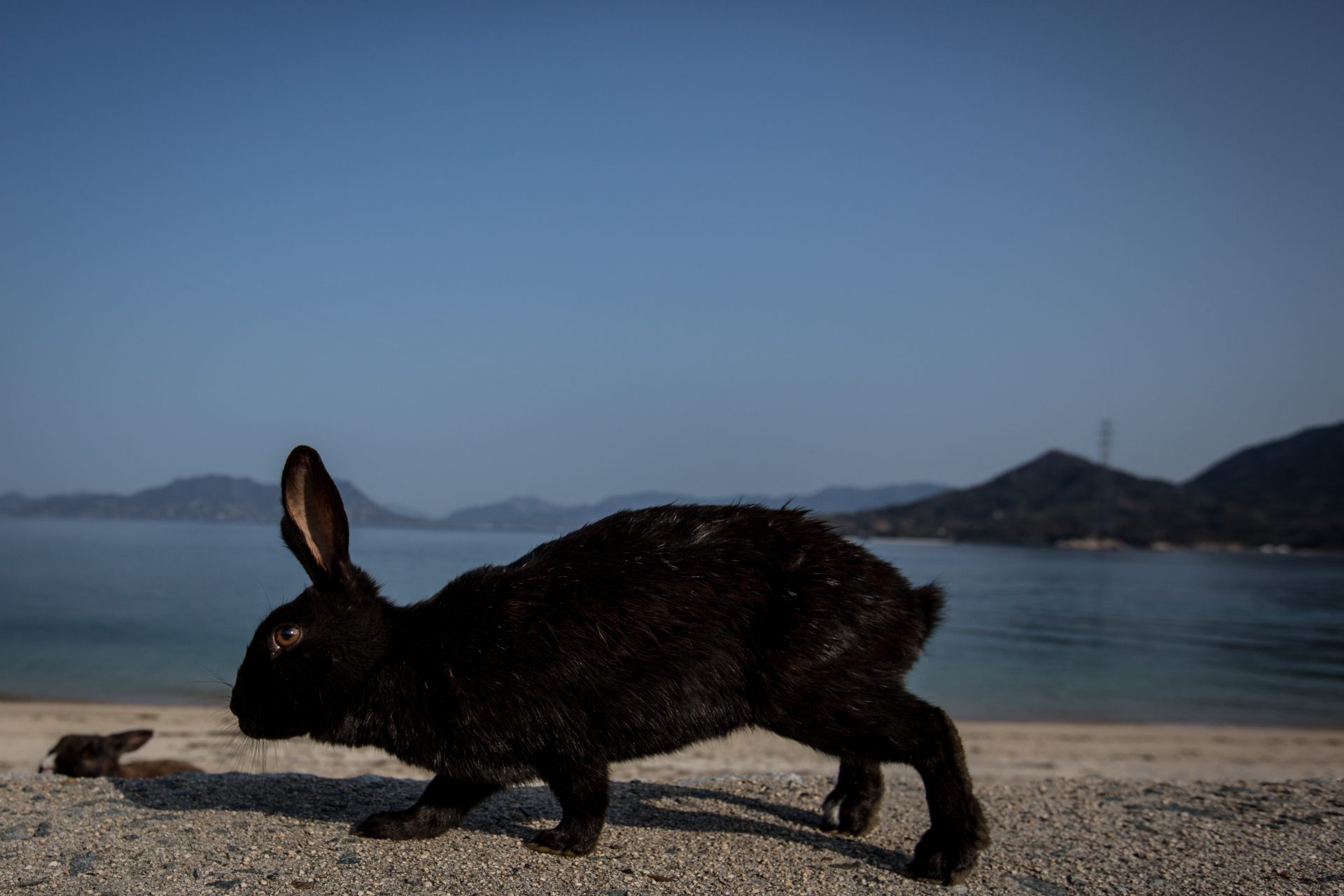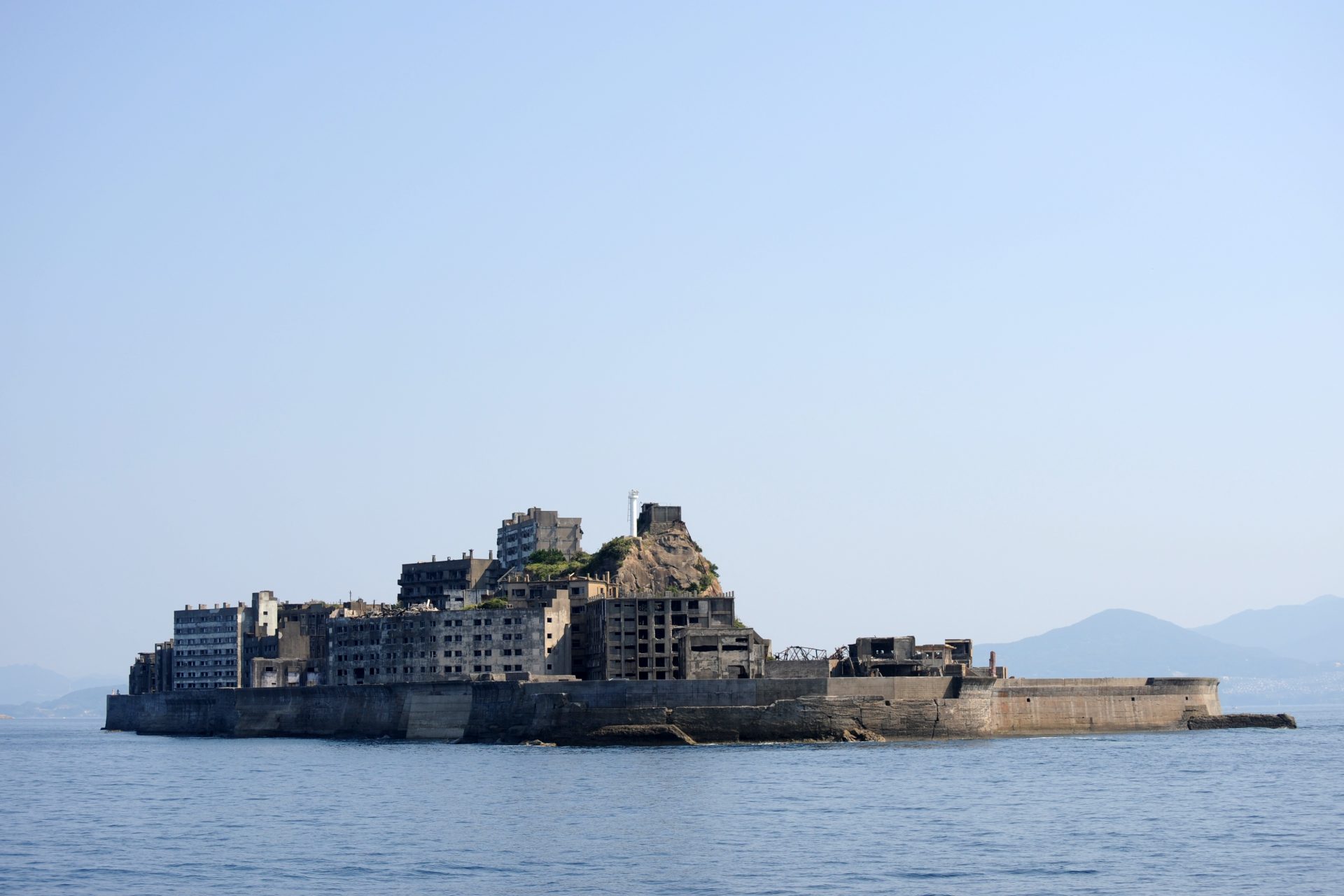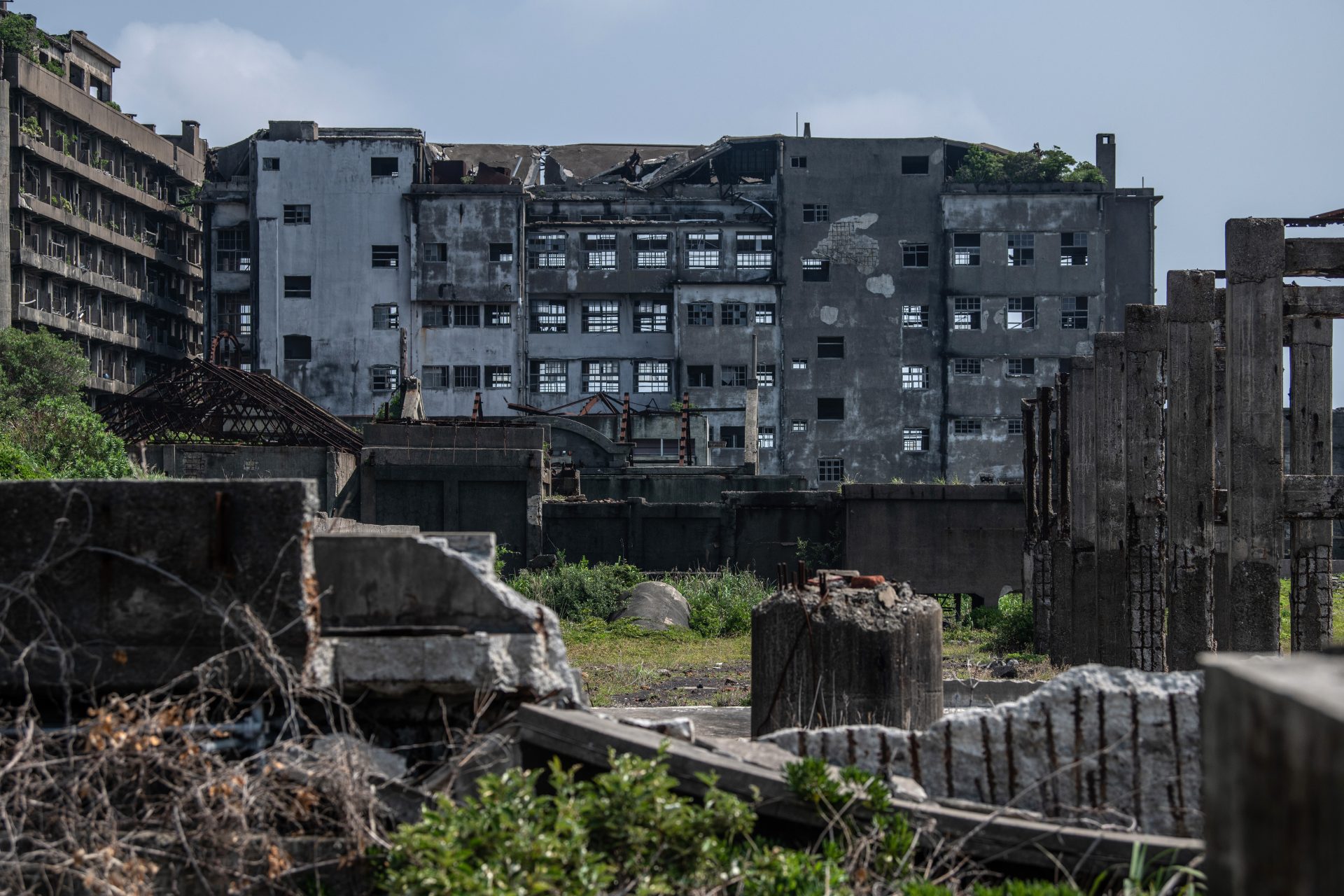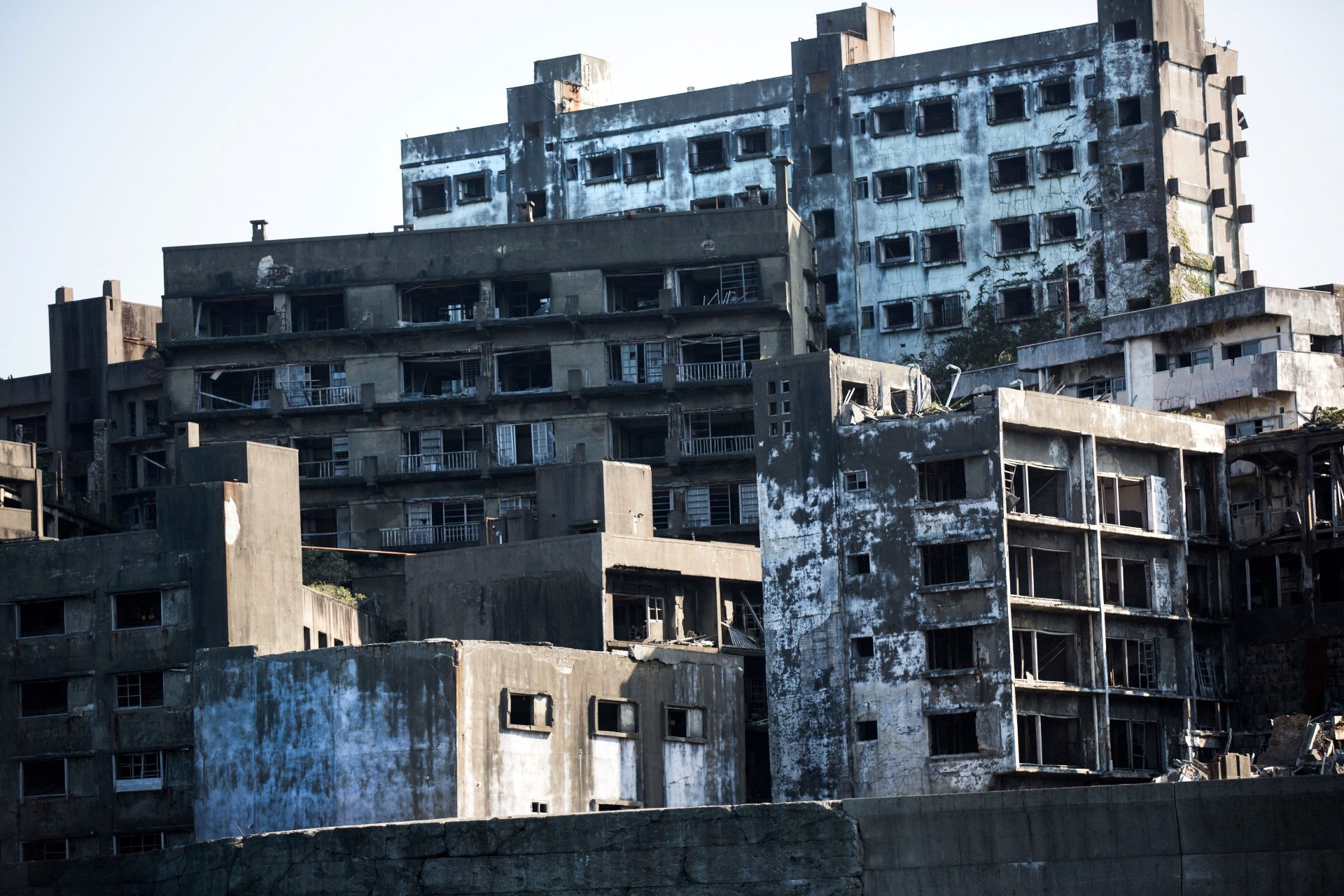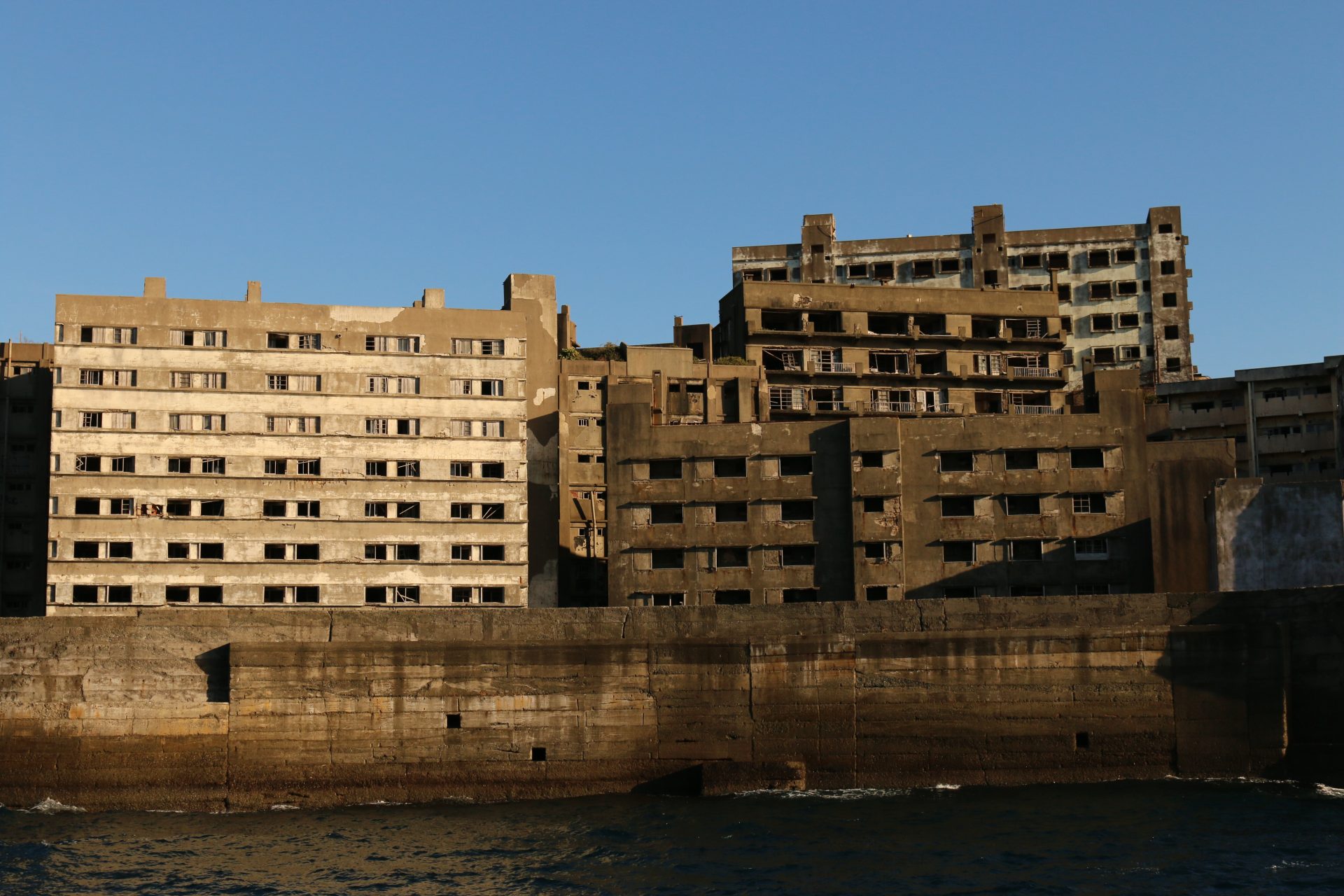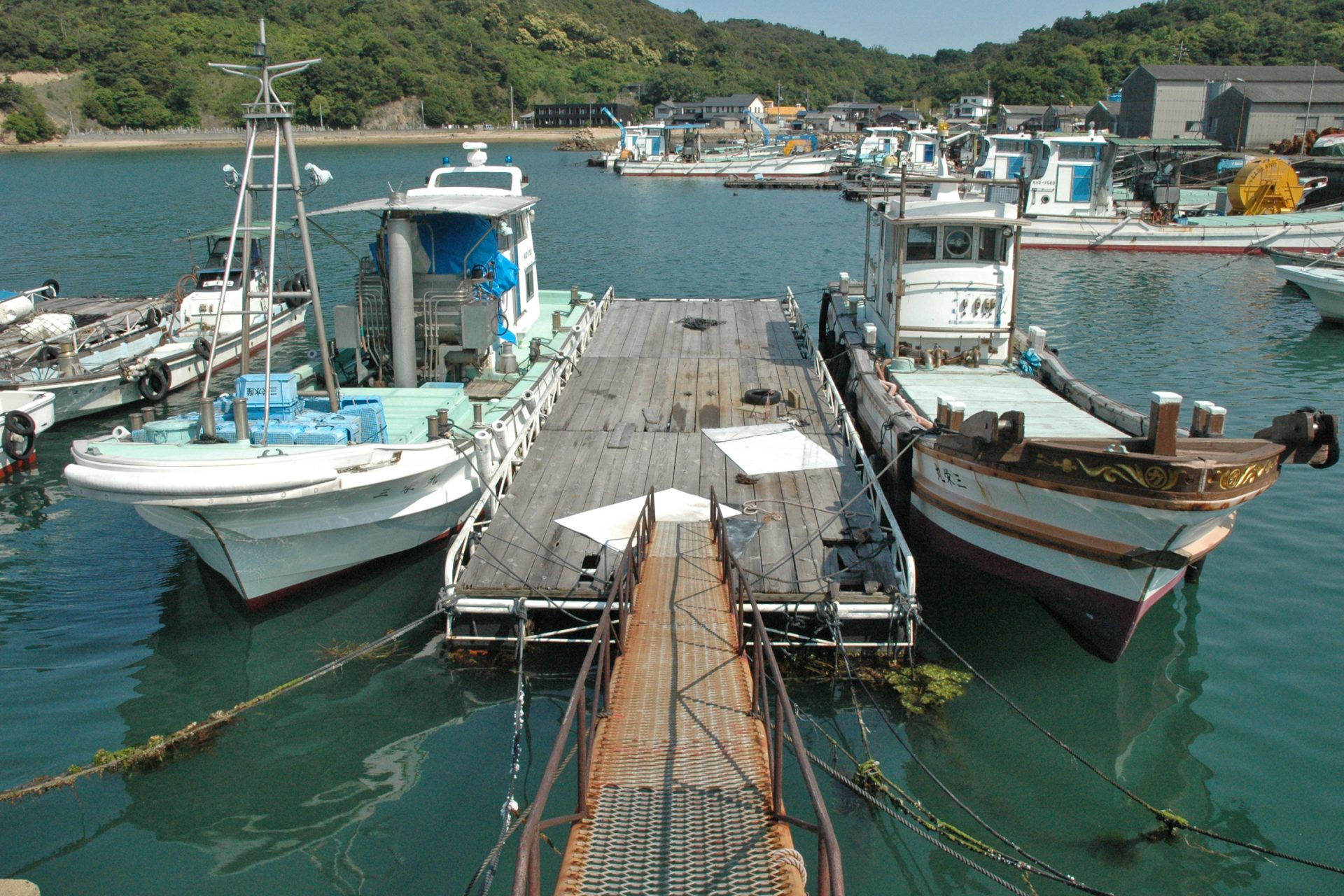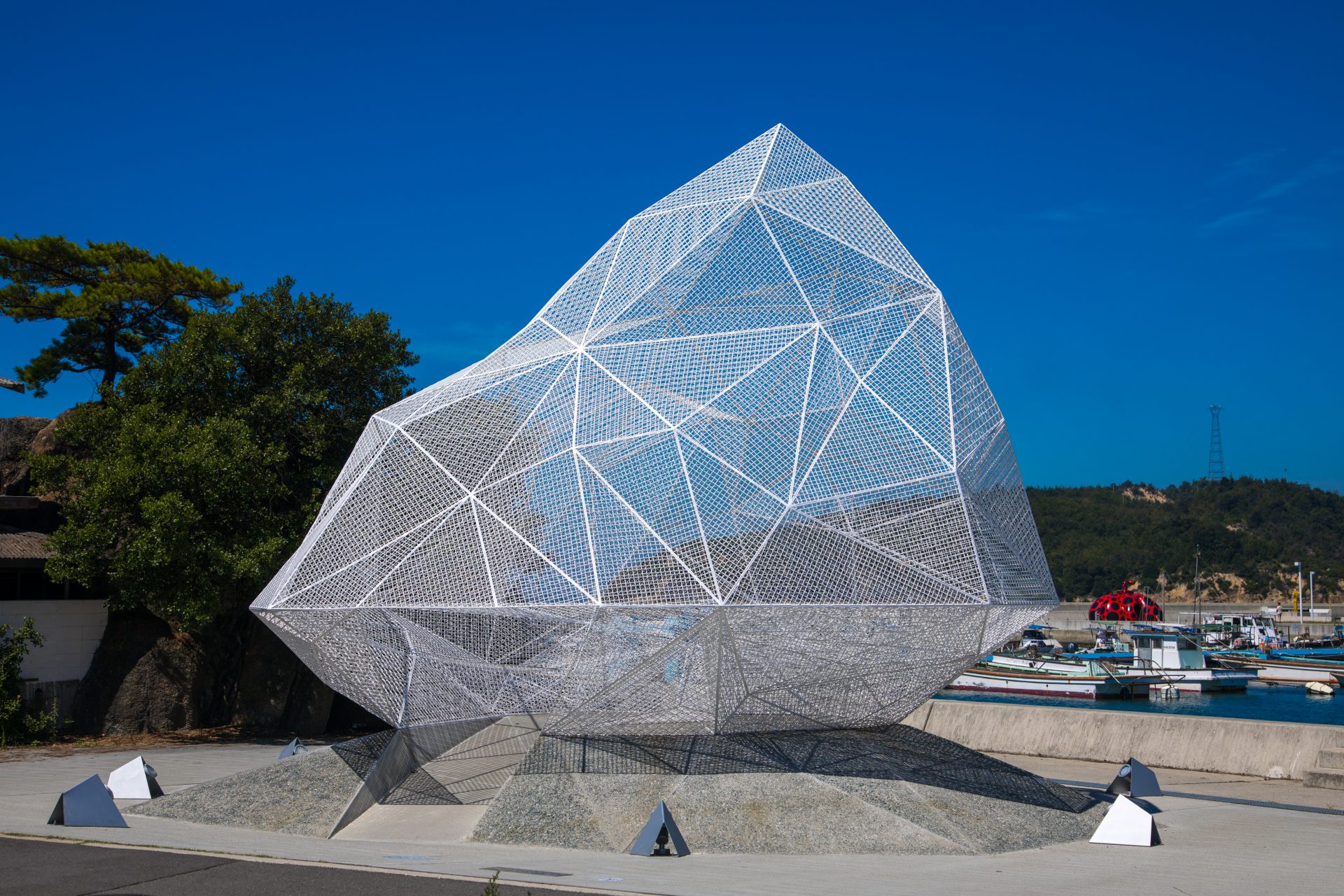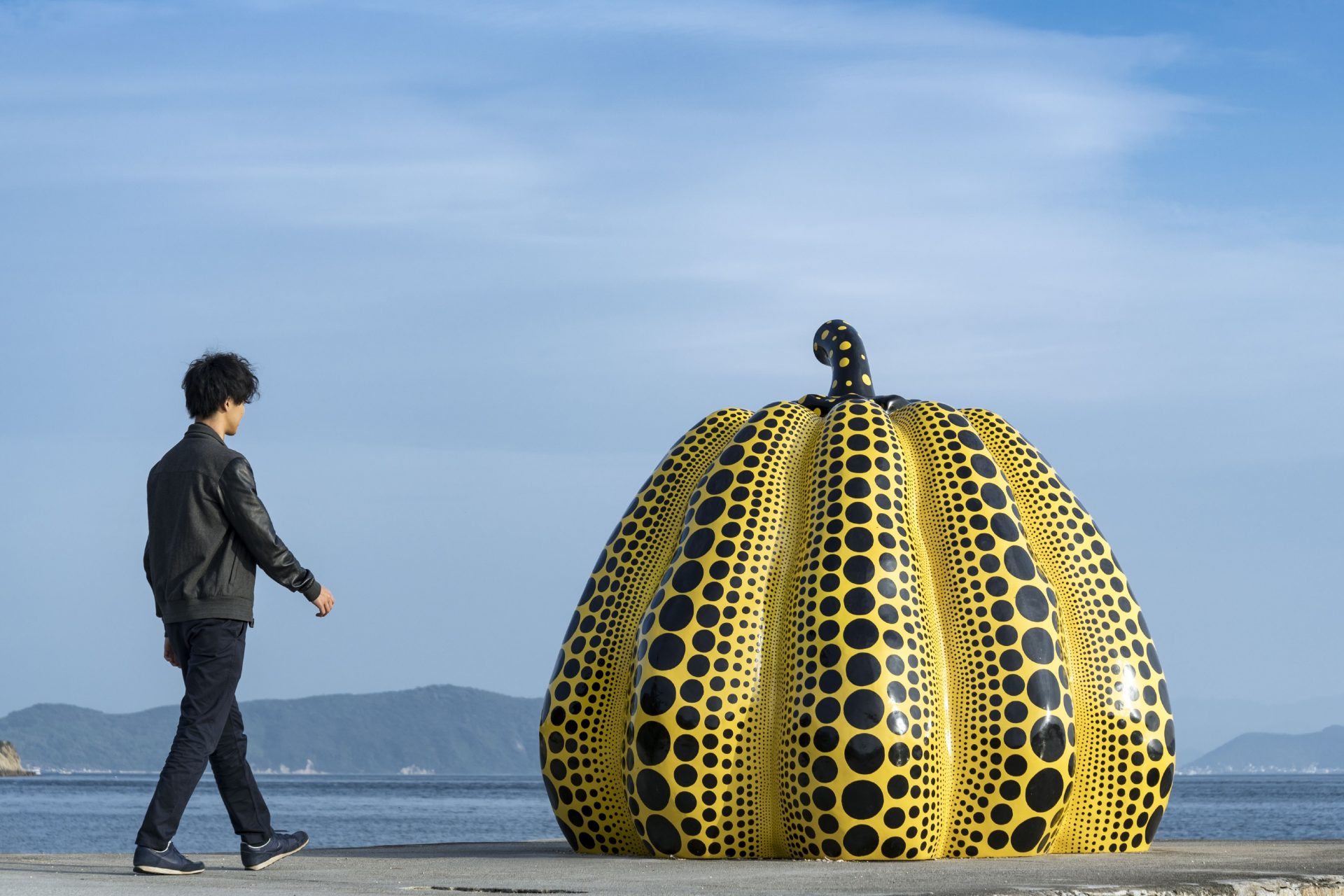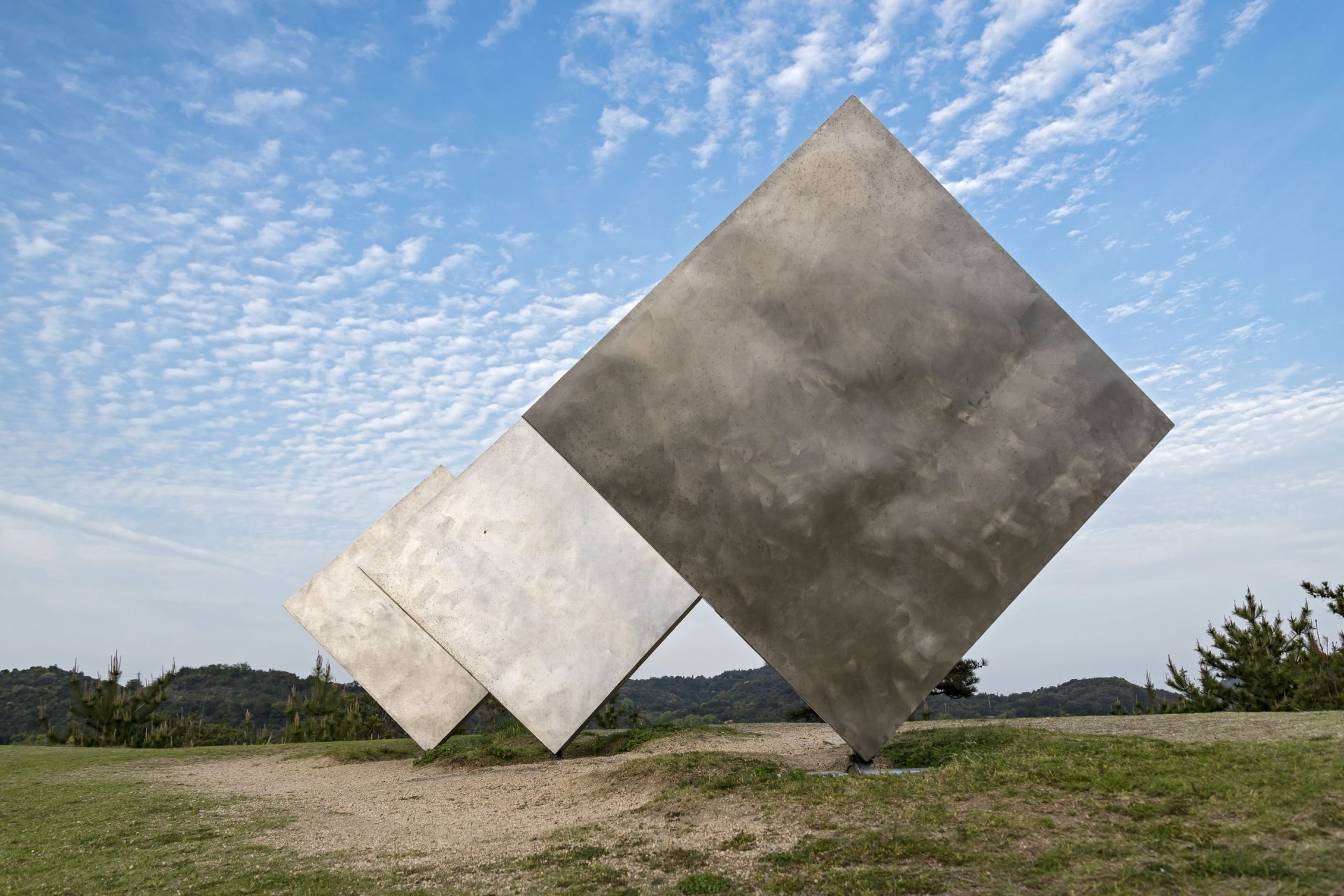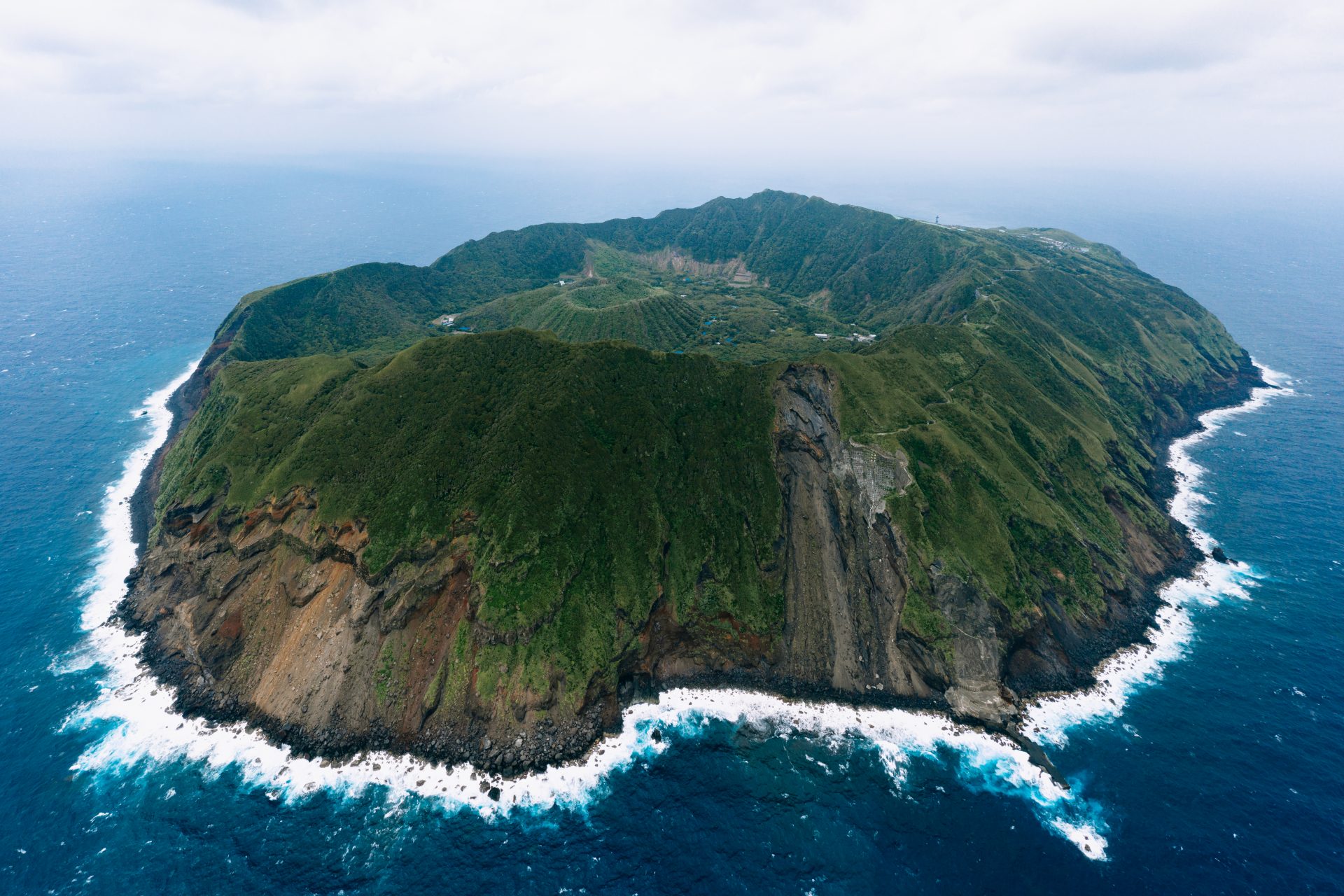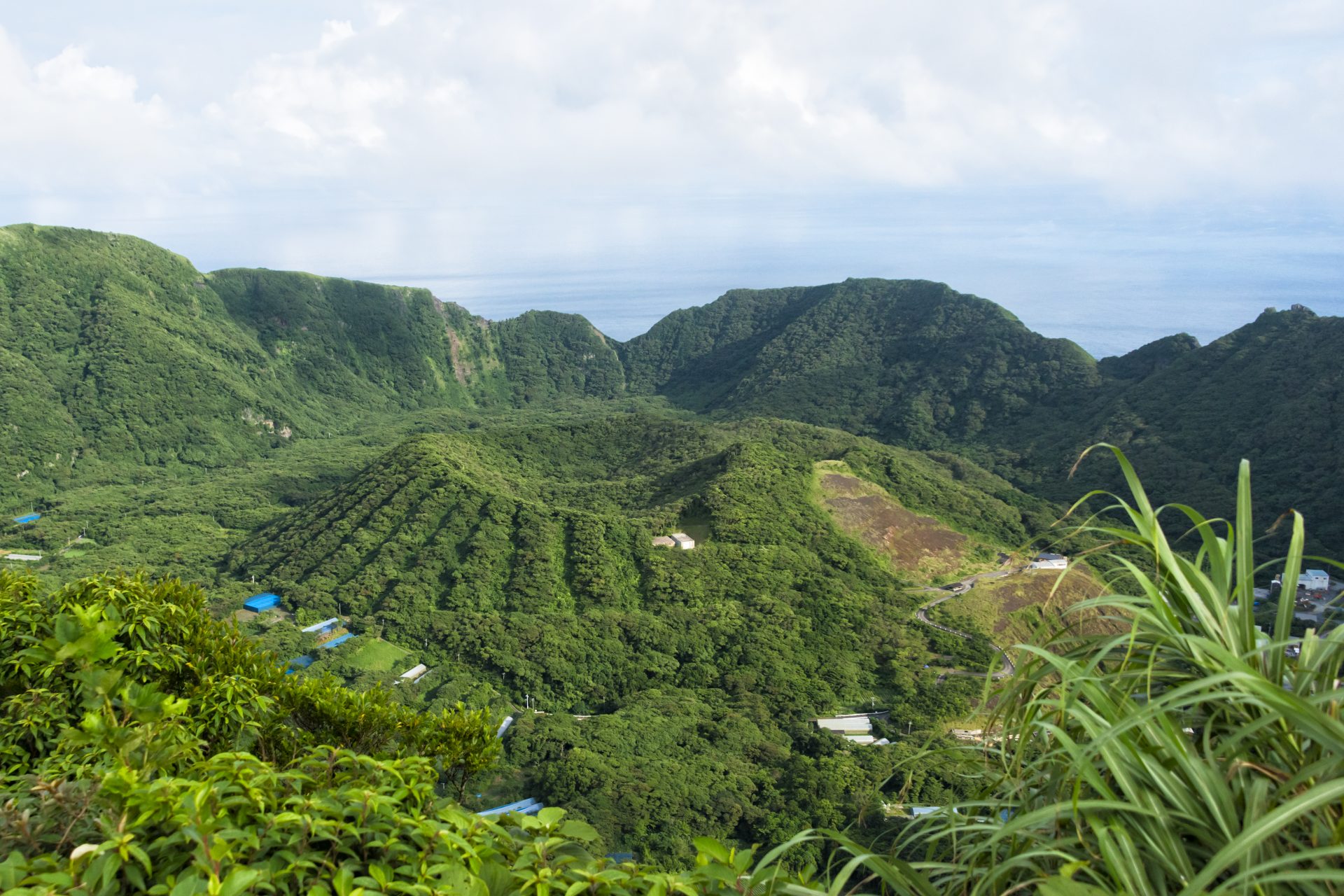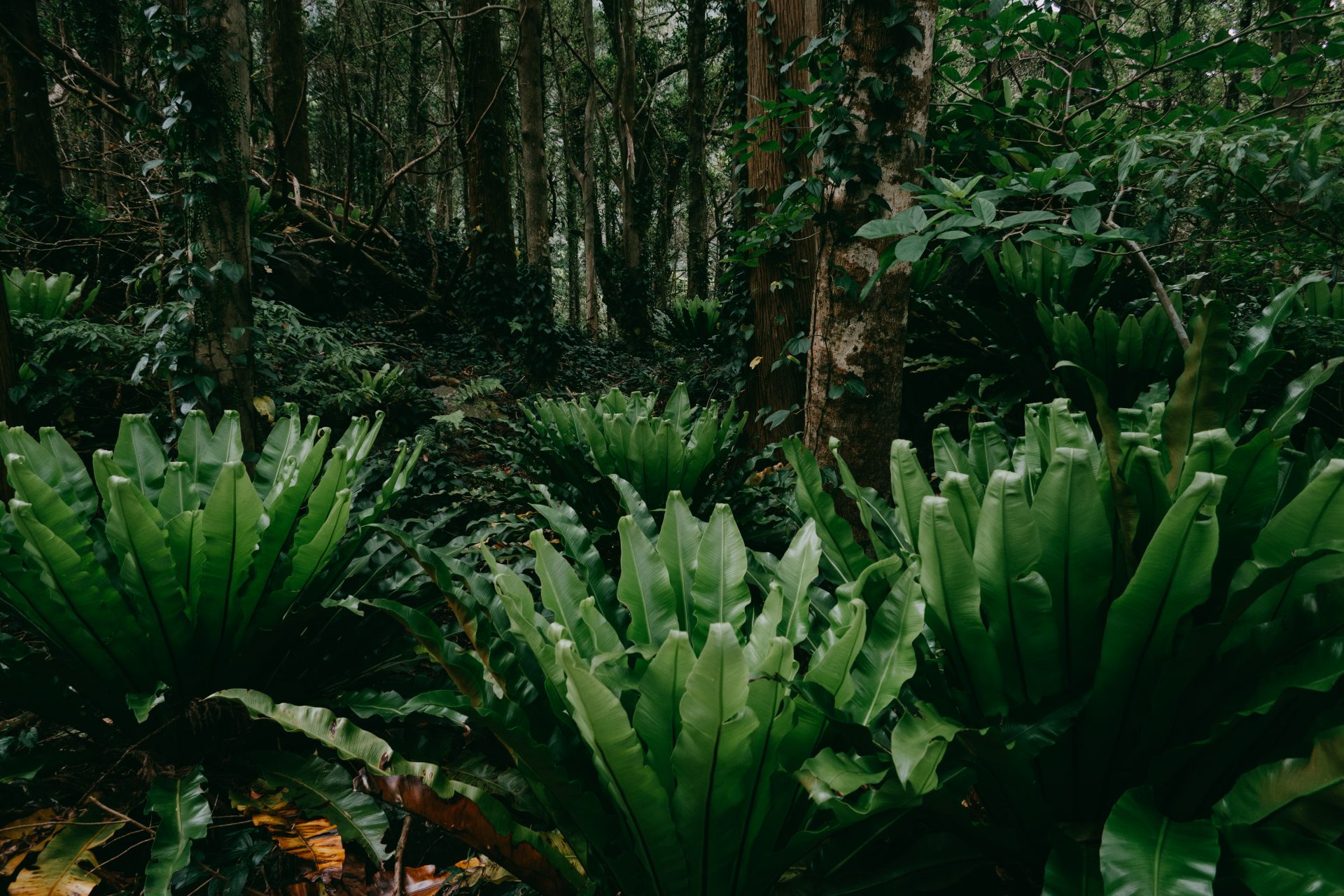Cats, ruins, modern art... 5 quirky islands in Japan
Do you know how many islands there are in Japan? Previously, it was estimated that there were 6,852 islands based on a survey conducted in 1987. However, the number of islands varies greatly depending on how they are counted. Still, Japan is in the top 10 nations with the most islands, together with Sweden, Norway, and Finland.
Photo: Naoshima (Naoshima Town, Kagawa Prefecture)
In 2023, the Geographical Survey Institute of Japan conducted a re-count using the latest map technology. It found that there were a total of 14,125 islands in Japan! The number keeps growing, thanks to advances in surveying technology. In addition, some islands that were once seen as one, actually consist of multiple islands. So the total number remains somewhat of a mystery.
Photo: Aogashima (Aogashima Village, Tokyo)
With so many islands to choose from, there are quite a few that are a bit quirky and have unique charms. Let's have a look at five unique islands from all over Japan.
Photo: Hashima (Nagasaki City, Nagasaki Prefecture)
Tashiro Island (Ishinomaki City, Miyagi Prefecture) floats off the coast of Sendaiai. It is home to countless cats and is now known as 'Cat Island.' According to the Japanese Government Public Relations Online, there are more than 100 cats on the small island - more than people.
The origin of 'Cat Island' dates back to the time when silk production was popular, and people started keeping cats to prevent rats from harming the worms. Later, local fishermen built Mikori Daimyojin (commonly known as 'Cat Shrine'), where a cat was enshrined as a guardian deity for a bountiful silk yield. Since then, the people of the island have cherished cats.
Tashirojima is also famous for its efforts to revitalize the town using manga. It has a cat-shaped lodge designed by manga artists and there are also hand-drawn illustrations on display inside.
If you like cats, Tashirojima is a place you should visit at least once. However, no matter how cute the cats are, feeding them is strictly prohibited. According to the Japanese Government Information, only island residents and local tourist facilities are responsible for feeding and caring for the cats, to make sure they stay healthy.
Now, after 'Cat Island', there is 'Rabbit Island' with hundreds of cute rodents running around Okunoshima (Takehara City, Hiroshima Prefecture), an uninhabited island in the Seto Inland Sea. The rabbits pretend the place is theirs. Even though it is an uninhabited island, without permanent residents, there are resorts and other accommodation facilities so you can enjoy sightseeing at a leisurely pace.
Nowadays, Okunoshima has a peaceful atmosphere, but it also has a dark history. The Japanese military once used it to develop poison gas weapons. During World War II, they even erased it from maps to protect its secrets. So, as you explore the island, be aware of the weight of its history.
Okunoshima has a wealth of recreational facilities including cycling courses, camping grounds, and beaches. How about spending a relaxing vacation while interacting with the rabbits?
Hashima (Nagasaki City, Nagasaki Prefecture) is commonly known as 'Gunkanjima', the Japanese word for a warship. As you can see in the photo, it looks like it. Hashima is traditionally a coal mining island where large-scale mining was carried out from the Meiji period to the Showa period (19th and 20th century).
In the 19th and 20th centuries, reinforced concrete housing complexes were built one after another to house coal miners and their families, as well as schools, hospitals, movie theaters, and shops. The town grew up to 5,000 inhabitants.
However, with the post-war energy revolution, the main fuel shifted from coal to oil and natural gas, and Gunkanjima diminished. The coal mine closed in 1974. All the residents left the island, and the town, once bustling with coal miners, was reduced to a huge ruin.
After that, the island was closed to visitors for a long time, but Nagasaki City noted its value as a cultural property and established a tour of the island. In 2015, it was even registered as a World Heritage Site, representing the 'Sites of Japan's Meiji Industrial Revolution.' Nowadays, it is not possible to access the island on your own, so the only way to visit is by joining a tour.
Next on our list is Naoshima (Naoshima Town, Kagawa Prefecture), located in the Seto Inland Sea. It is a scenic island with a beautiful contrast between the sea and the forest, but its special feature is that the entire island is an exhibition space for contemporary art.
According to the official website of Benesse Art Site Naoshima, which runs the island's art project, the company's founder said 30 years ago that he wanted to create a place on an island in the Seto Inland Sea where children from all over the world could gather. It seems that this idea was the trigger.
The project initially started with the maintenance of a campsite but evolved into a fusion of nature and art. Now, you can also see the extra-large 'Pumpkin' created by Yayoi Kusama, for example.
According to the official website of the Naoshima Town Tourism Association, artworks on the island are scattered across three areas. In addition to outdoor exhibits, there are many other attractions to see, including an art museum designed by Tadao Ando. We recommend taking your time and enjoying the island to the fullest.
The last place on this list is Aogashima, a solitary, isolated island that, surprisingly, is located within the boundaries of Tokyo. The island is difficult to reach as it is located approximately 350 kilometers south of the city center. First, you will need to cross over to Hachijojima, and from there you will head for Aogashima by boat or helicopter.
The most distinctive feature of Aogashima, which was created by volcanic activity, is its unique double-caldera topography. You can see craters nestled inside other craters, which gives the impression of a fantasy world.
In addition, due to the warm climate, a family of ferns called Otaniwatari, native to the tropics, grow thickly and create a landscape reminiscent of Southeast Asia. Therefore, Aogashima is a place where you can experience an exotic atmosphere while staying in Tokyo. In any case, make sure to reserve accommodation and save up for this exclusive trip.
Follow Showbizz Daily to stay informed and enjoy more photo galleries!

